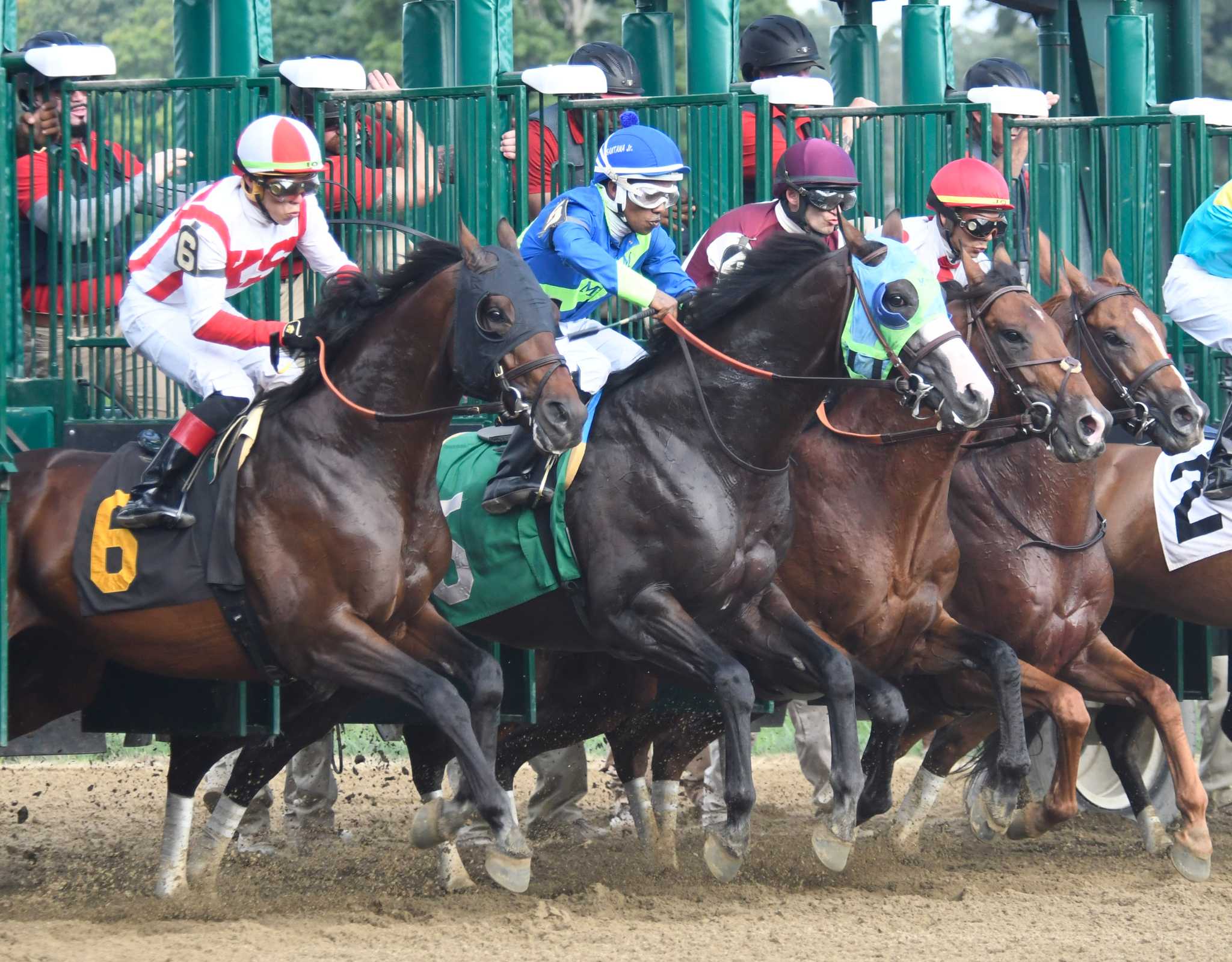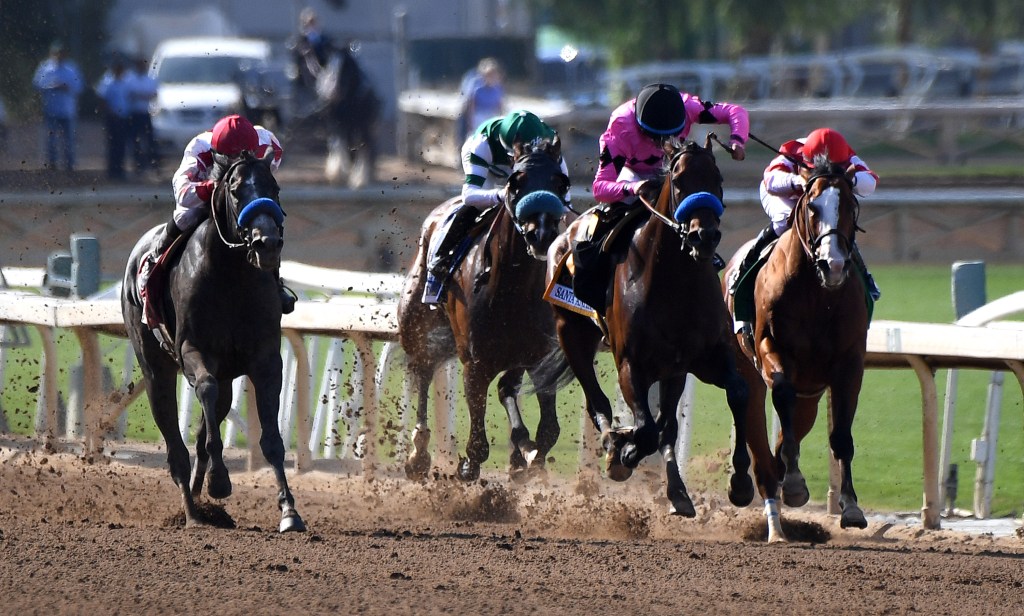You appear to have answered your own question
@Merckx index : meat - even though it clearly enhances performance and is harmful when taken in the wrong levels - is not banned, the contaminants that are sometimes found in it are, and advisory notices are put out about not eating meat in certain locales. All of which, more or less, happens WRT supplements: the supplements are legal, the contaminants are banned, and advice is given (don't used them but if you do check on an approved list).
One of the obvious problems, of course, is that the advice is often ignored.
Some questions to ask about Diaz:
- Was he aware there is a general issue WRT the supplements industry?
- If not, why not?
- If he was aware, do his supplements appear on one of the approved lists?
- If they don't, why was he risking using them?
- Will he sue the manufacturer?
You seem to want to make this a WADA/USADA problem when, from where I'm looking at it, it's an athlete / government problem. I think the supplement industry, if it can't clean its own house, needs regulating. Failing regulation, I favour athletes putting manners on the industry by suing it. However, as long as everyone points the finger at WADA/USADA and not at governments, and as long as athletes get more mileage out of criticising WADA/USADA and not actually holding the manufacturer to account, not a lot is likely to change.
WRT the claim that supplements are performance enhancing: I thought the jury was out in that? And the argument that appears to have been accepted by Elliot Ness &co in the UFC is that, below certain thresholds, the contaminants being found are not performance enhancing. This in part goes back to Tygart's point about improvements in testing.
I don't particularly like the idea of thresholds - it has always seemed like doping by the back door to me, a cynical/pragmatic solution that seeks to say dope to this level but no more - but looking at WADA's track record with eg Salbutamol it seems clear to be that the UFC's path here is the one WADA will be going down soon.
As to the question of how the contaminants got into the products: the usual explanation is you're dealing with an industry where many players have lax standards and subcontract the work out to enterprises with equally weak standards and other clients that sees them working with contaminants.










